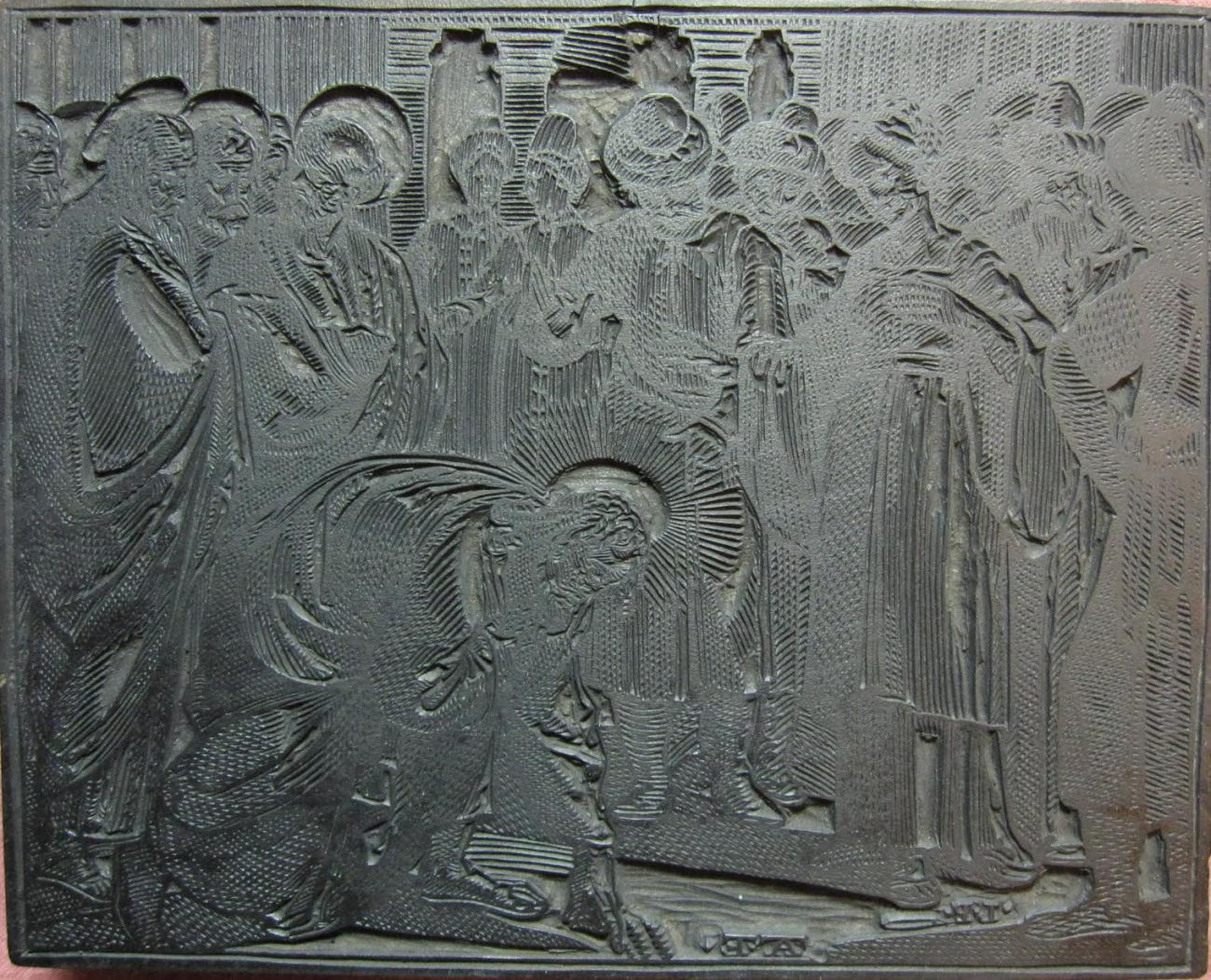2019-20 has been a productive and exciting year. As incoming Department Chair, it was gratifying to be able to host a new Cogut Mellon post-doctoral fellow working on colonial Latin American Art, Professor Jessica Stair. This two-year joint appointment between the Center for the Study of the Early Modern World and the Department of the History of Art and Architecture [HIAA] is making a substantial contribution to the Department’s early modern offerings, creating some exciting opportunities for innovative teaching in collaboration with the John Carter Brown Library.
In the Spring of 2020, Laura Bass (Hispanic Studies) and I led an interdisciplinary group of graduate students in a Cogut Institute Collaborative Humanities course: “Imagining Cities: Early Modern Urban Perspectives.” Much like the Early Modern World/EMW graduate colloquium, the course attracted students from many different Humanities departments at Brown. Another exciting new hire in HIAA was Professor Gretel Rodriguez, whose work on the reception of triumphal arches in Rome’s provinces (such as Orange, France) also has bearing on early modern interpretations of the iconography of triumph.
In September I had the privilege of initiating Princeton’s core course for the Program in European Cultural Studies with a seminar “Rome, Rubble, Repurposing.” This seminar conceived Rome as a place, an idea, and as a living palimpsest of memory and history. A diachronic narrative of the changing locales and identities of the equestrian sculpture of Marcus Aurelius offered an exciting paradigm, and gave Princeton students a chance to become acquainted with its 19-century avatar on Soldier’s Field.
Last summer, it was a pleasure to work with EMW graduate student Dominic Bate, Elli Mylonas of the Brown Library’s Center for Digital Scholarship, and a RISD dual degree student, on a digital humanities website, The Theater that was Rome. The platform has now been expanded to include the papers of the late Francesca Consagra on the history of De Rossi family printshops during the 17th and 18th centuries. I was able to present some of that work over the course of a week-long workshop in Copenhagen: “Digital-age approaches to early modern engraved, etched, and imprinted episteme.” This was a genuinely collaborative event which brought graduate students, post-doctoral scholars, curators, conservators and senior researchers together in museums, archives and libraries for conversations in the histories of art and science. At a conference on microhistory at the University of Toronto in honor of Tom and Libby Cohen, I gave a paper on “Peopling the Book.” The presentation considered some ways in which 16th-century illustrated books narrate the circumstances of their own authorship and production. I have also been fortunate to participate in a field-changing doctoral project by Linda Stiber Morenus (Staatliche Akademie der Bildenden Künste, Stuttgart), on the techniques, conservation and marketing of Italian chiaroscuro woodcuts in the 1500s. Through her knowledge of pigments, binders and papers, Morenus succeeded in demonstrating the significance of changes in printing technique over the life of the woodblocks, and of the degradation of the ink layers over the life of these prints. Both forms of transformation significantly alter our conception of the intentions of the original printers and of the publishers who reprinted the blocks over the course of a century.


My own study of the abstract conception of image carving in late 16th-century Roman woodcuts – particularly those made at the Medici Oriental Press by the Parasole family – is in progress. A preliminary article heralding this full investigation will appear in the coming months: “The Parasole Family Enterprise and Book Illustration at the Medici Press,” in Eckhard Leuschner (ed.), Typographia Linguarum Externarum—the Medici Oriental Press, Rome: Vatican Publishing House. Another field article, “Printers and Publishers in Early Modern Rome,” has been published in A Companion to Early Modern Rome, eds. S. Ditchfield, P. Jones and B. Wisch (Leiden: Brill, 2019).